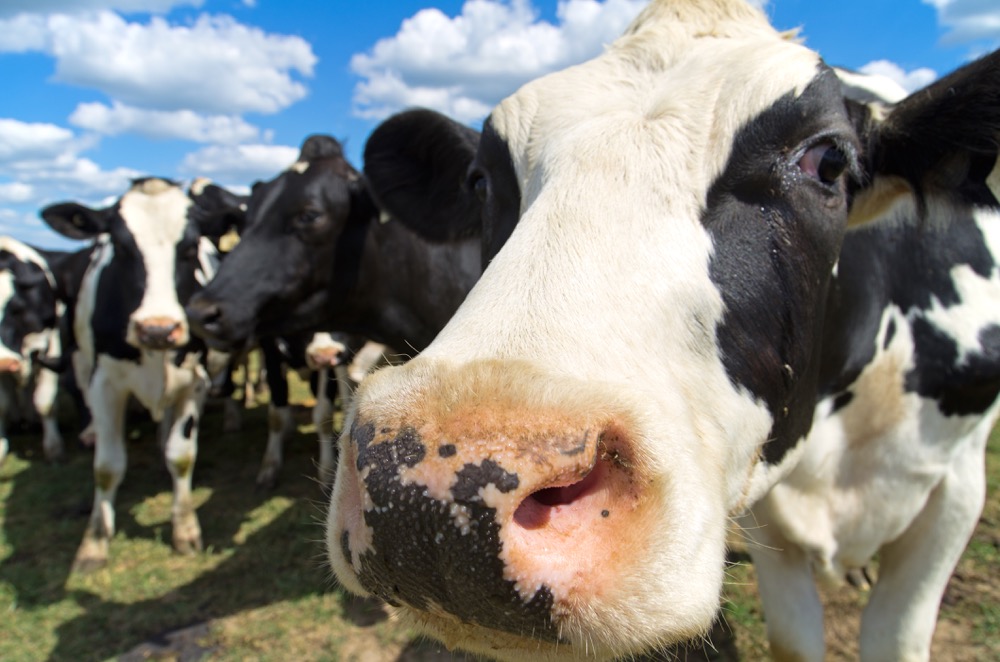We know of the environmental cost of war from both world wars, in which contaminants rained upon the soil and flowed in the waters.
There was permanent loss of farmland, water sources, plant, animal and human life. In the eagerness to rebuild whole countries and economies, environmental consciousness eroded and prosperity, along with centralization of all things, became the new mantra for civilization.
Farms have continued to grow and consolidate. Infrastructure was built to accommodate exports and manufacturing. There seemed no stopping the movement until there was rapid inflation. As the poor became poorer, internal and external conflict became a way of life.
Read Also

Electioneering overload
Grainews editor Dave Bedard says farmers might not like politics, but they need to engage in it if they want to be heard – even with candidates they might not personally support.
War is costly at humanitarian, economic and cultural levels. It also permanently alters the environment and the climate.
In 2023, we experienced 59 conflicts in 35 countries where 300,000 lives were lost. These are the statistics of war. Not reported is damage to land and water that erodes a nation’s ability to feed itself in the present or the future.
The recent conflict in Gaza is a case in point. CBC reported in October that most of the agricultural land, greenhouses, trees and water infrastructure to nurture it has been wiped out. It is also victim to the 42 million tons of contaminated bombing debris that those folks have to somehow deal with.
The base content of a bomb is usually highly flammable white phosphorus, which in itself causes decades of soil destruction and water contamination. The impact of weapon use alone is staggering in terms of environmental destruction and the release of gases.
In the first 18 months of war in Ukraine, there were vast amounts of carbon dioxide, methane and nitrous oxide released into the atmosphere, free to blow in the wind to places unknown.
Every Canadian farmer pays for through increased taxation and an abundance of climate targets that they must meet. However, they are not the culprits. Even as the cattle and hog herds in Canada have declined and farmers employ environmentally conscious practices, heavy regulations and costs cripple enterprises.
The Gaza strip was self sufficient and food secure before the invasion. The war has taken them out of the game and forces them to become food insecure and dependent on imports.
Is that why so many food production countries turn a blind eye to humanitarian and environmental costs?
Agriculture was a part of the industrialization of food production post war as the demand for food rose. Admittedly, costly environmental mistakes were made. But Canadian farmers have put their boots back on the ground and are operating through the lens of soil enhancement and water preservation even as they struggle under the weight of being taxed for emissions that are sourced a world away.
Farmers around the world share the same environment — the same earth and the same sky. And though we might not have the solution to war, we can stand up against massive taxation that covers the trail of the apathetic acknowledgment of the hot mess created by global conflicts.
No one is demanding that invading countries or states pay up in environmental reparation. Perhaps it is time we did.
While the folks in conflict literally wither in the heat, so do our crops and our future for independent food production. We cannot think about the Canadian farm in isolation, for what happens a world away is part of a greater ecology and our challenge in food production here at home today and in the future.
















